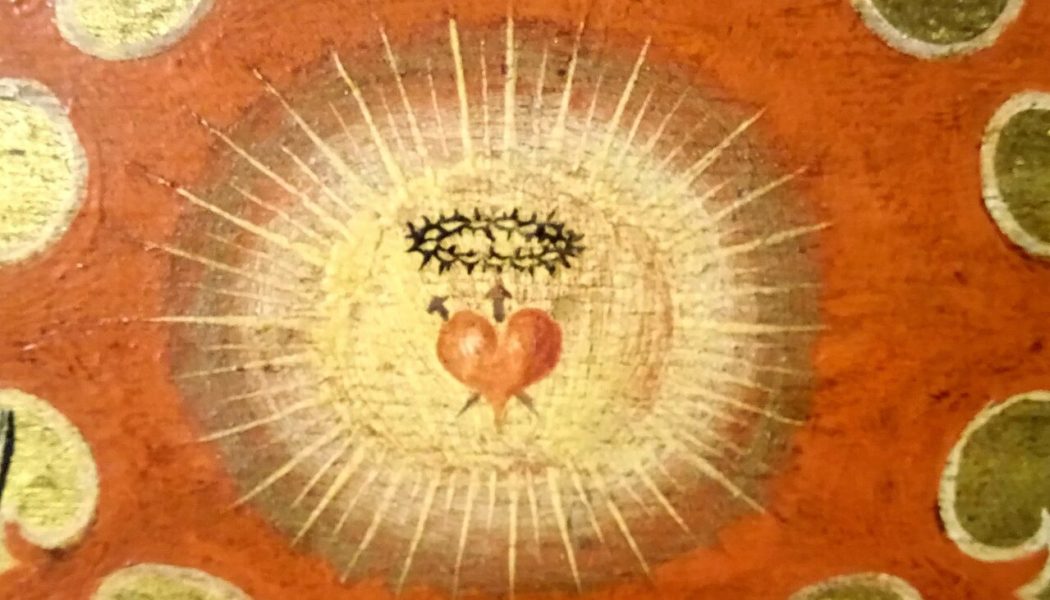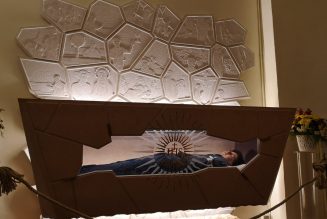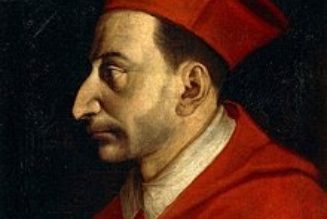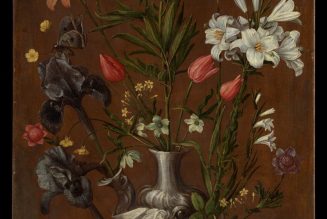During this month of June — the Month dedicated to the Sacred Heart of Jesus, in the Church – I have been each day** posting an image of the Sacred Heart with some little thought, either my own or someone else’s to my Twitter and Facebook feeds. The action feeds my own devotion to and meditations on the Sacred Heart, but the thoughtful responses of others is certainly gratifying and sometimes enlightening, too.
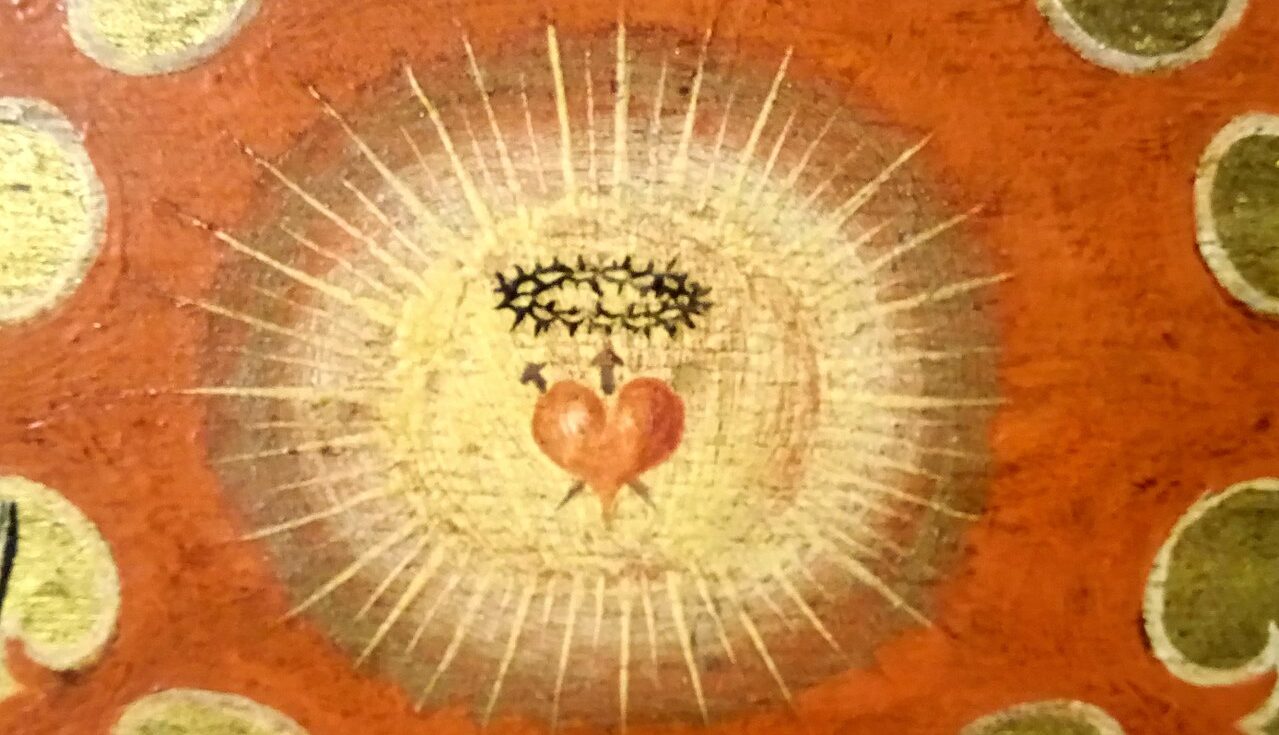
There was one response, however that left me gobsmacked. Yes, gobsmacked — a great word but one I don’t use very often, because I am generally pretty hard to shock. Someone on twitter mentioned that she too had been pondering the Sacred Heart but also something that I (being an unmathmatical sort) had never heard of, called The Mandlebrot Set.
In general, I avoid such videos. I’m all for disproving the notion that science and religion are incompatible, just as all the Catholic scientists over the years have done, but my attention span is not what it once was, and hour-long videos are a genuine challenge for me.
So curious was I, however, about how someone on twitter could ponder both the Sacred Heart and the Mandlebrot Set in tandem, that I decided to take a shot on this one, hosted by astrophysicist and professed Christian Jason Lisle.
Full disclosure: Yeah, I did kind of skip through most of the first fifteen minutes, where Lisle gives his bona fides and makes his witness. But then, as soon as he really got going on his topic, I was hooked. Gobsmacked and slack-jawed, actually. The Mandlebrot Set — the endless and eternal nature of it — was staggering and beautiful, mysterious and mesmerizing. And I had two immediate thoughts (three actually, but one I’ll keep to myself, for now).
The first was that I understood why my Twitter respondent had brought the set up within the context of the Sacred Heart of Jesus. It’s because the Sacred Heart, as described in the 15th century by the visionary saint Margaret Mary Alacoque bears more than a passing resemblance to the deeply hidden Mandlebrot Set.
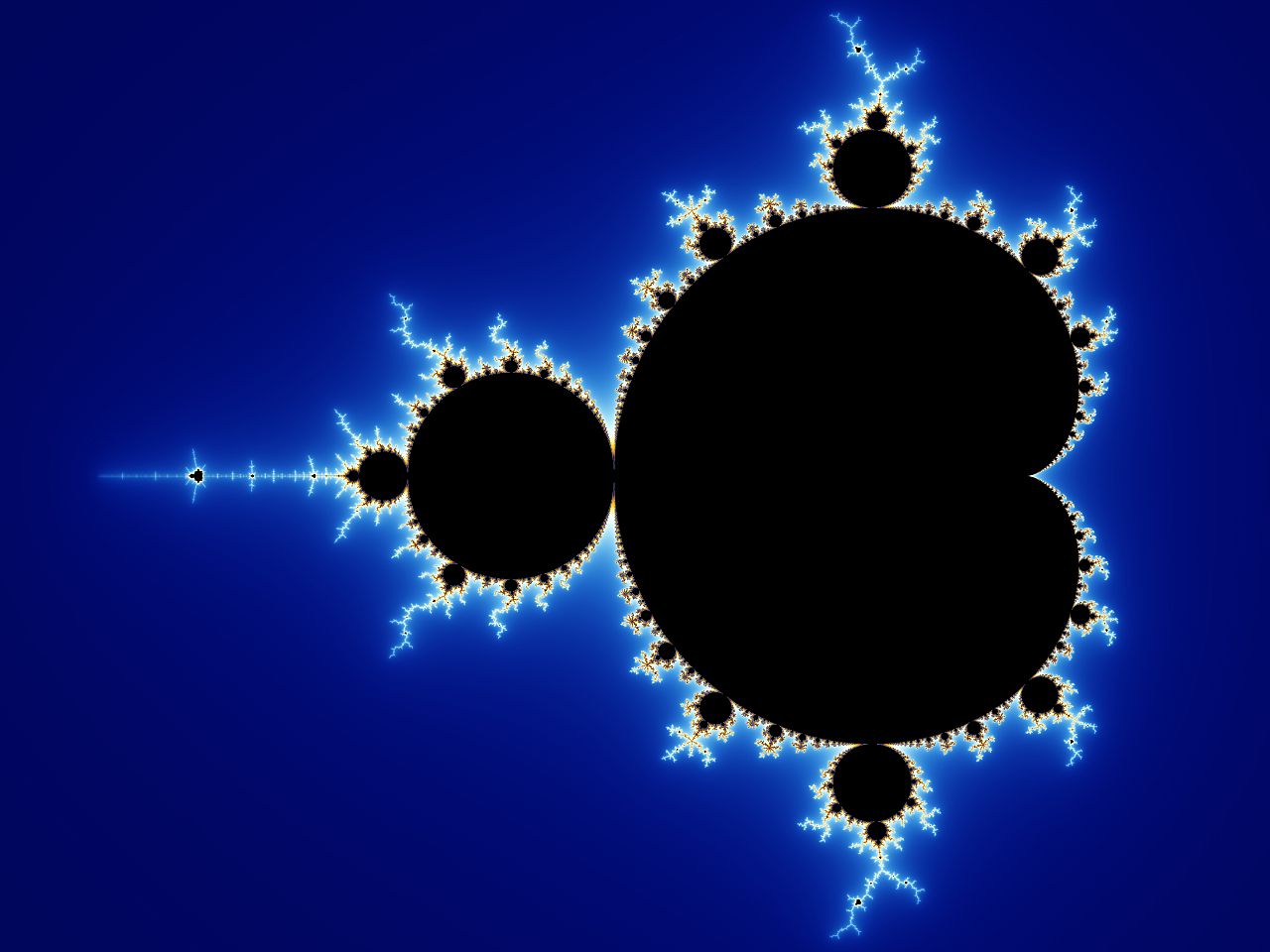
Especially if you turn it vertical.
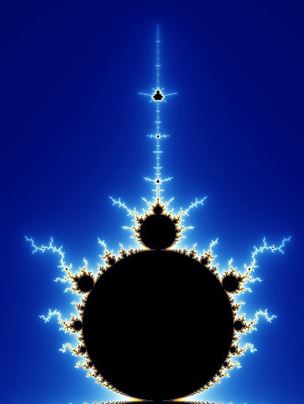
And as you see there, it goes on and on, endlessly, endlessly, knowable and unknowable yet ever-present, just like the love of God the Creator, and the Holy Trinity of mind, body and spirit, of Logos and the ever-expanding universe. When Jesus showed Margaret Mary his Sacred Heart, he was showing her how intimately and eternally near he remains with us. A heart that is absolutely at one with all creation, and therefore, within each of us.
Ecce cor meum; Behold my Heart. And ours? Could such cellular and celestial intimacy and connectedness be that true?
The second thought I had, as I beheld that Heart in All Creation, was that from the very beginning of the bible, just 27 lines into it, we have been shortchanging God. Genesis 1:27 reads, “God created mankind in his image; in the image of God he created them; male and female he created them.”
We read this in light of our humanity and kindly allow “well God is fully spirit and thus has no gender, but each sex contains creative and co-creative aspects of God,” which is fine, as far as it goes. But humankind’s vision — particularly whenever it touches on anything related to itself — tends to be rather limited. “See? We’re like God, so God must be like us, alive with our sensibilities!” And then we assign to God all of our human sensibilities — our willingness to console and to condemn, to love and to loathe, to excuse and to execute. Except we forget a few things…
- “Nor does the Father judge anyone, but he has given all judgment to his Son,” (John 5:22) We forget that God gave all judgement to Jesus Christ, the second person of the Trinity, because all God wants to do, all God can do, being 100% love, is love us and sustain us and wait for us to turn to him, and then re-turn to him, and then love us some more.
- We forget that so brilliant a theologian as St. Thomas Aquinas — the Angelic Doctor, composer of timeless hymns and the Summa Theologica — declared after a singular vision that everything he had written was dross — as so much straw — because God had shown him something so vast and incomprehensible that it could not be described. So he put down his pen and wrote no more.
- We forget that we are only mere creatures whose lives “span 70 years, 80 if we are strong” (Psalm 90:10) and so we ought not waste them doing the things God the Creator would not himself do — the judging, the carping, the refusing of mercy toward the mistakes and weaknesses of others, the failing at love, the policing of each other’s souls, the declaring that we know it all. We forget that we are not as gifted as even Thomas Aquinas, so we should mostly just shut up if we think we’re special and, when challenged, try out something like, “God have mercy on me and bless that guy…”.
I mean, I don’t know about you, but I certainly forget all those things.
The Mandlebrot Set had me thinking about what it really means to be “created in the image and likeness of God,” who is limitless; it made me think that every single day, by our own sins, we limit ourselves, and our potential to love, and to understand more, and to reach out instead of closing in on ourselves.
And then to love more.
And every single day, by our sinfulness, we do precisely the opposite of God the Creator of Limitless Possibility, when we beat down on the potential of others through our malicious spite, our gossip, our soul-crushing, disdainful superiority. We make everything smaller, not enlarged, by the smallness of our spirits. And we try to shrink God down, too, to our own thinking.
Clearly, the Sacred Heart of Jesus, and the Mandlebrot Set both send us a message that we are so much more than all of our best or worst instincts, that our beings go so much further beyond our insecurities and anxieties and our judgements and our prideful delusions
All of which got me thinking it was finally time for me to read Joseph Ratzinger’s ‘In the Beginning’: A Catholic Understanding of the Story of Creation and the Fall, because I want to rethink that whole “image and likeness” part, and broaden my understanding of it — both so I may better understand and love myself, and so I may better adore and wonder at the Triune God, and be surprised in all the ways and places God may be found. Even within you. And within me.
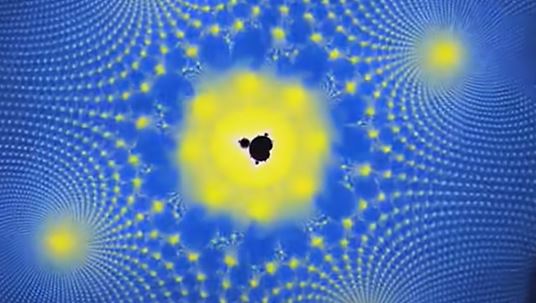
I admit, it’s all strange. But then, God is strange. Do yourself a favor and watch the video. Because my goodness gracious me… it’s good to ponder all we don’t know, amid what we do.
**Not on weekends. Most weekends, I take a break from social media, which I have found to be a very worthwhile thing to do.
Images, Creative Commons and Wolfgang Beyer, Creative Commons
Join Our Telegram Group : Salvation & Prosperity
